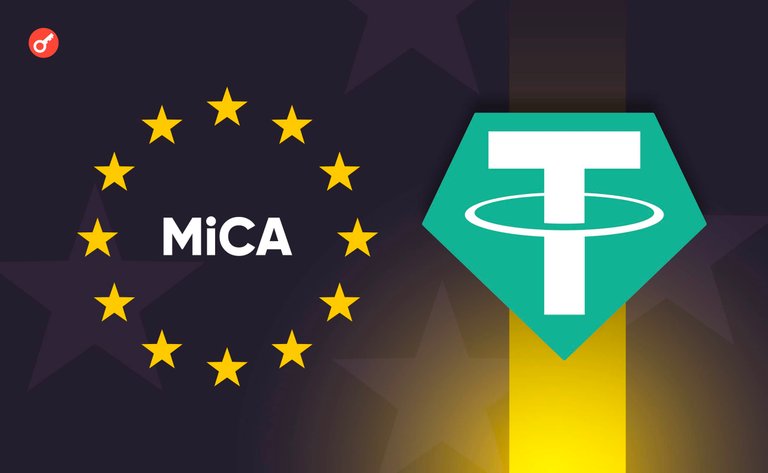Tether risks delisting from Coinbase as non-compliant with MiCA protocols

Following the introduction of MiCA (Markets in Crypto-Assets Regulation), the new European framework governing crypto assets, cryptocurrency exchanges are working to comply with the updated regulatory requirements. MiCA’s guidelines, which will take effect in June 2024, impose strict rules, especially for stablecoins—cryptocurrencies pegged to stable values, such as the US dollar. These regulations mandate rigorous standards regarding liquidity and transparency for stablecoins.
As reported by Bloomberg, Coinbase may consider delisting stablecoins that do not comply with MiCA, including Tether’s USDT, which is currently the largest stablecoin by market capitalization but has faced criticism in the past for its lack of transparency.
Why is Tether so significant?
Over recent years, USDT has established itself as the leading stablecoin and is widely used across nearly all major trading platforms. Its primary appeal lies in enabling traders to swiftly transition from volatile cryptocurrencies to a stable digital asset, without needing to convert into traditional fiat currencies.

Tether's significance also stems from its role as a crucial liquidity pool within the broader cryptocurrency ecosystem. Traders, institutions, and exchanges utilize USDT not only to hedge against price fluctuations but also as a bridge between various cryptocurrencies and fiat currencies, facilitating seamless transactions.
Due to its widespread integration across trading platforms and its essential role in decentralized finance (DeFi), Tether has become indispensable for many market participants.
Tether’s Financial Dominance
Tether Holdings Limited has evolved into one of the most profitable companies globally. The financial report for the fourth quarter of 2023 revealed total profits of approximately $6.2 billion. Given that the company employed only 50 people at the time (now around 200), this is a staggering achievement. According to a Blocktrainer report, Tether manages nearly $100 billion in assets, underscoring its immense financial influence.
In its early years, Tether faced sharp criticism for its lack of transparency. However, today, independent auditors certify that the company holds sufficient reserves to back its stablecoin.
The Future of Tether and Stablecoins in Europe
Should Tether (USDT) face delisting across all European Union exchanges, the market impact would be considerable. As noted, USDT is by far the most widely used stablecoin globally. A ban or restriction of USDT would likely lead to a short-term reduction in trading volumes and liquidity, especially affecting arbitrage and cross-border transactions.

European traders and institutions may be forced to shift towards MiCA-compliant stablecoins, such as Circle’s USD Coin (USDC) or Euro Coin (EUROC), both of which have already demonstrated adherence to the new regulatory standards.
In recent years, Tether has made significant efforts to improve its transparency and ensure the security of its reserves, as evidenced by its record-breaking financial results in late 2023. However, the key question remains whether Tether will be able to meet MiCA’s stringent requirements in the medium term and secure its continued listing on European trading platforms.
Concerns persist regarding Tether’s full compliance with regulatory standards, particularly in relation to disclosure obligations and ongoing reserve audits. It remains to be seen whether Tether is prepared to align with European regulatory frameworks or if it will ultimately be replaced by MiCA-compliant stablecoins over the long term.